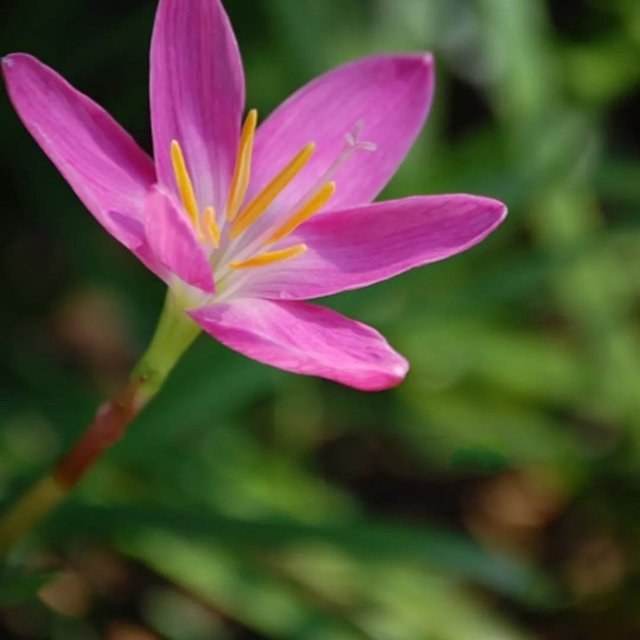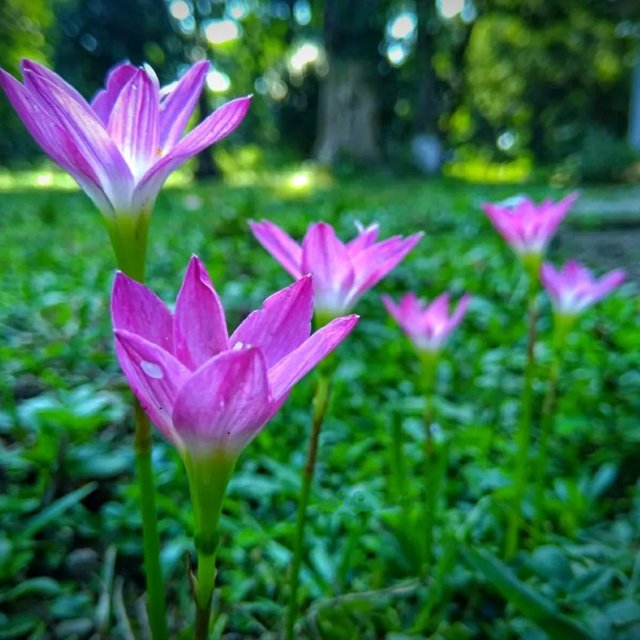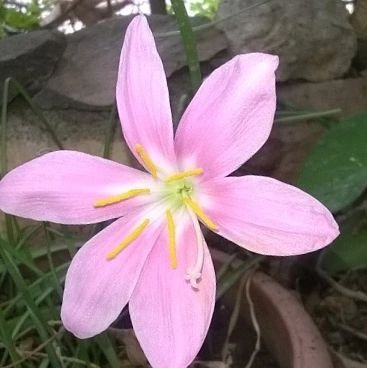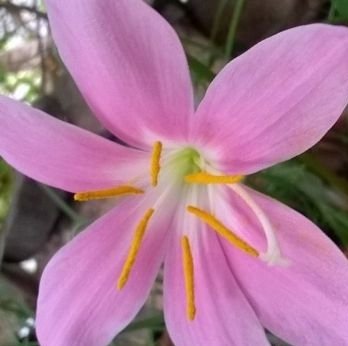The Allure of Pink Rain Lilies: Nature's Delicate Beauty
When it comes to nature's exquisite offerings, few can match the captivating charm of the Pink Rain Lily.This petite, perennial bulbous plant, also known as the Zephyranthes grandiflora, boasts an enchanting bloom that is not only visually stunning but also carries a rich cultural significance. In this post, we'll delve into the world of Pink Rain Lilies, exploring their unique characteristics, cultural importance, and how to care for these dainty flowers.Pink Rain Lilies are native to the Americas, primarily found in regions of Central and South America. These dainty flowers are known for their vibrant pink or rosy-hued blossoms, which are borne atop slender, green stems. The blooms have six delicate petals that gracefully arch outwards, creating a star-like appearance. Each individual flower is a testament to nature's artistry, measuring only 1 to 2 inches in diameter, yet radiating an undeniable elegance.One of the most fascinating aspects of Pink Rain Lilies is their response to rain. As their name suggests, these flowers often appear after a refreshing rainfall, seemingly springing up overnight. This natural phenomenon adds an element of surprise and delight to their presence, making them a symbol of hope and renewal.Pink Rain Lilies hold cultural significance in various parts of the world. In Mexico, for instance, these delicate flowers are commonly associated with the Day of the Dead (Dia de los Muertos). Families use them to decorate the graves of their loved ones, symbolizing the fleeting beauty of life and the hope of rebirth. In some regions of Asia, the Pink Rain Lily is believed to bring good luck and prosperity. Its presence in gardens and homes is thought to invite positive energies and blessings.




